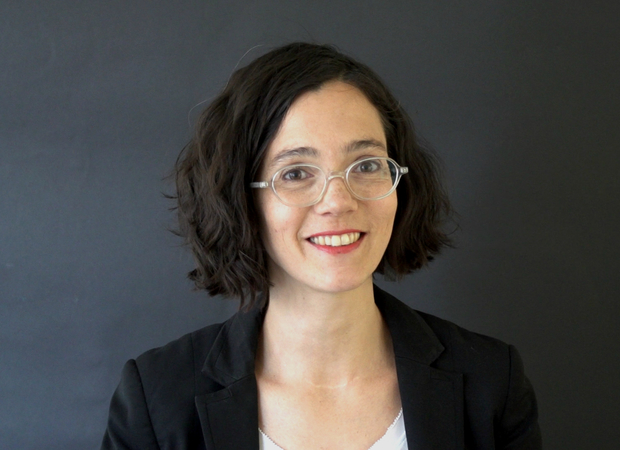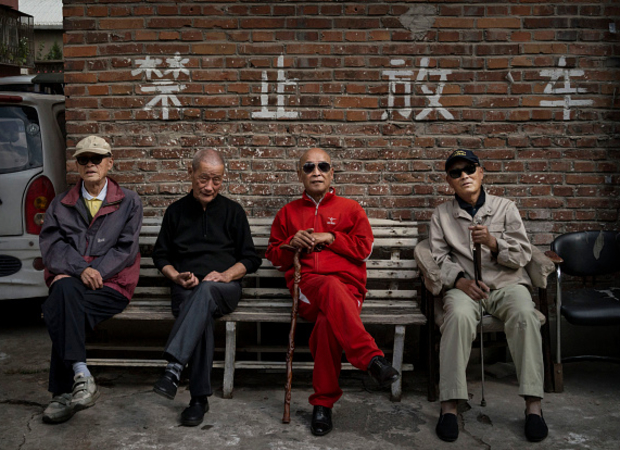Creativity Class
on August 2, 2016
The last three decades have seen a massive expansion of China’s visual culture industries, from architecture and graphic design to fine art and fashion. New ideologies of creativity and creative practices have reshaped the training of a new generation of art school graduates. Creativity Class is the first book to explore how Chinese art students develop, embody, and promote their own personalities and styles as they move from art school entrance test preparation, to art school, to work in the country’s burgeoning culture industries. Lily Chumley shows the connections between this creative explosion and the Chinese government’s explicit goal of cultivating creative human capital in a new “market socialist” economy where value is produced through innovation.
Drawing on years of fieldwork in China’s leading art academies and art test prep schools, Chumley combines ethnography and oral history with analyses of contemporary avant-garde and official art, popular media, and propaganda. Examining the rise of a Chinese artistic vanguard and creative knowledge-based economy, Creativity Class sheds light on an important facet of today’s China. —Princeton University Press





